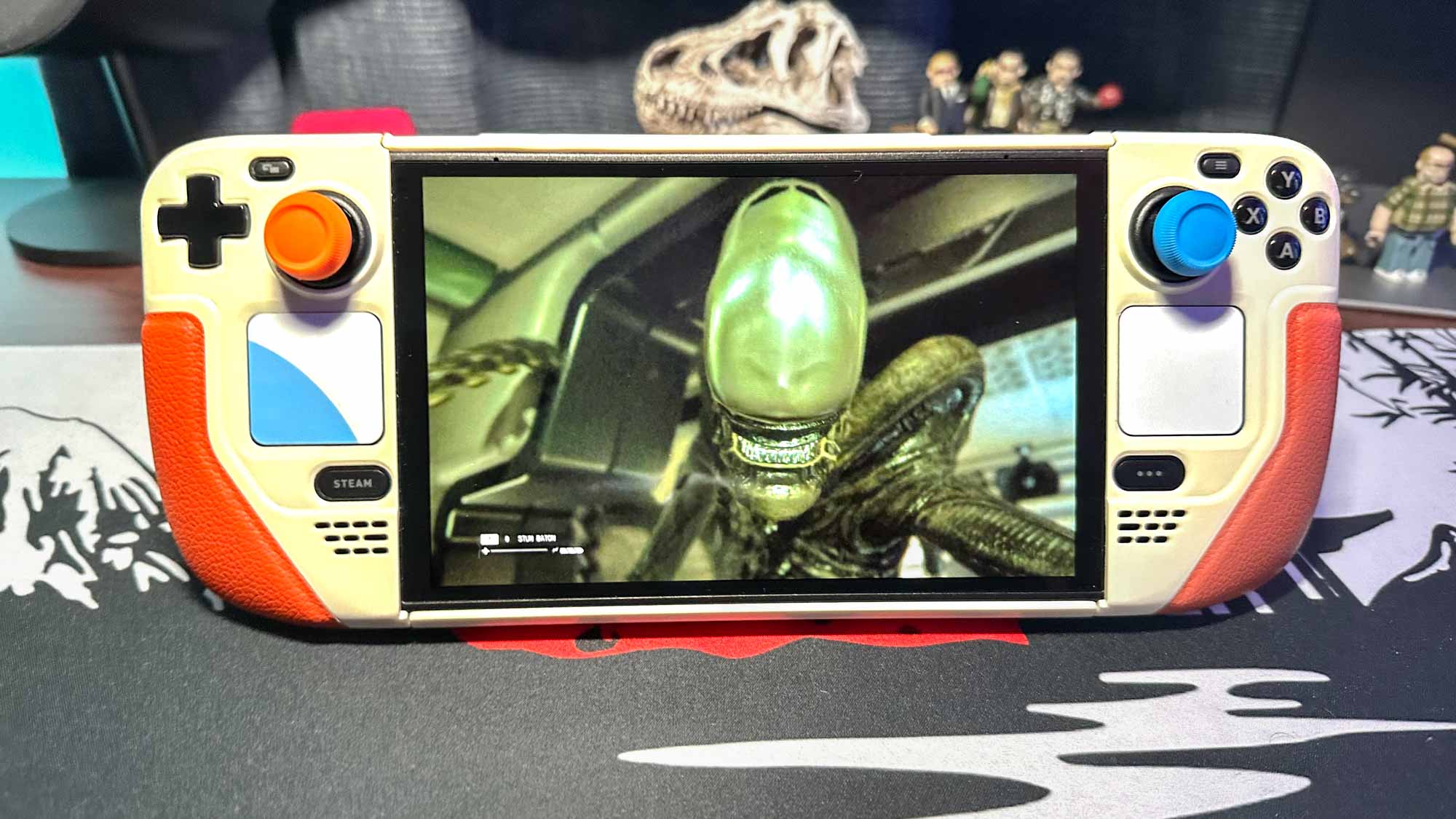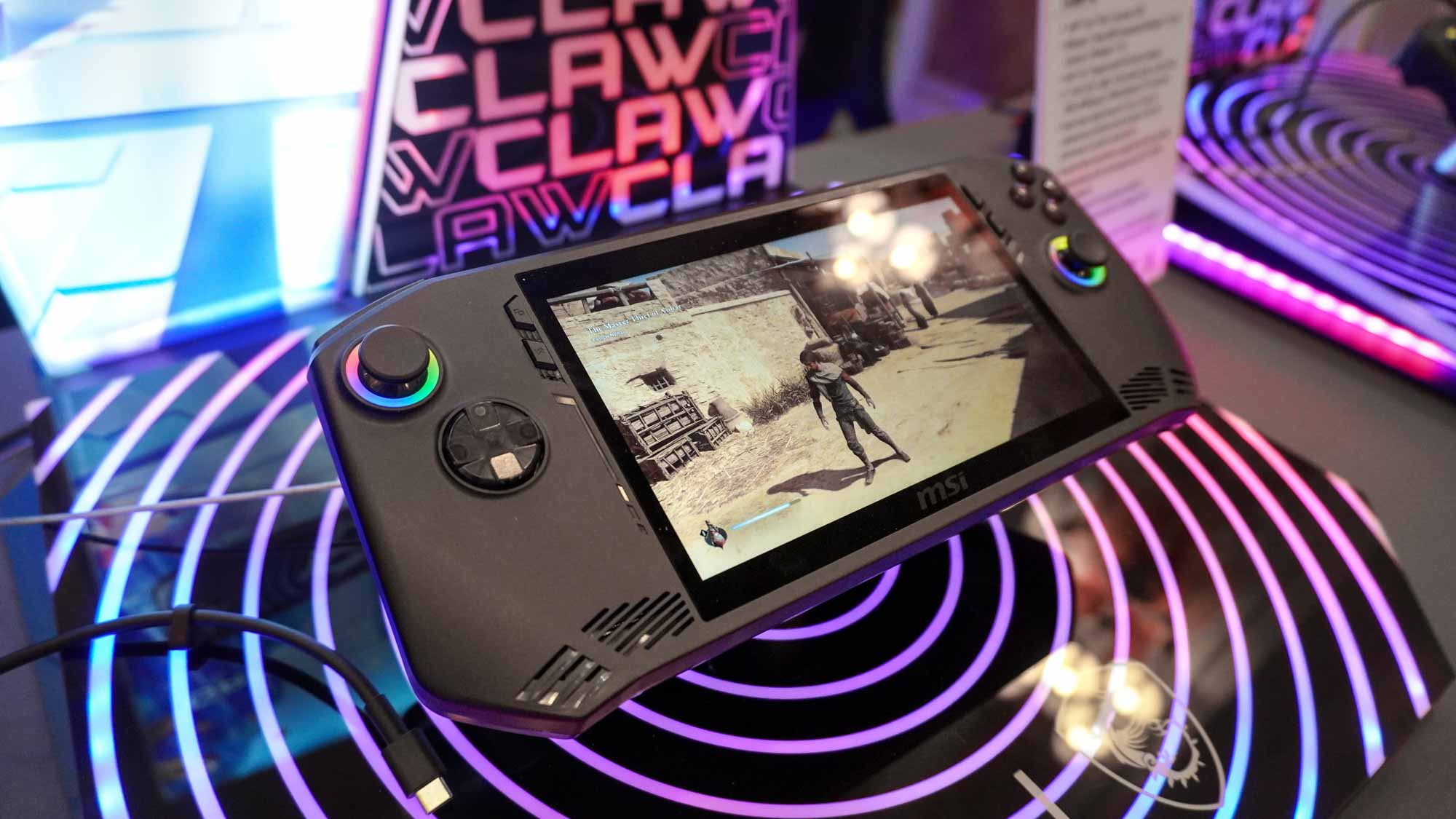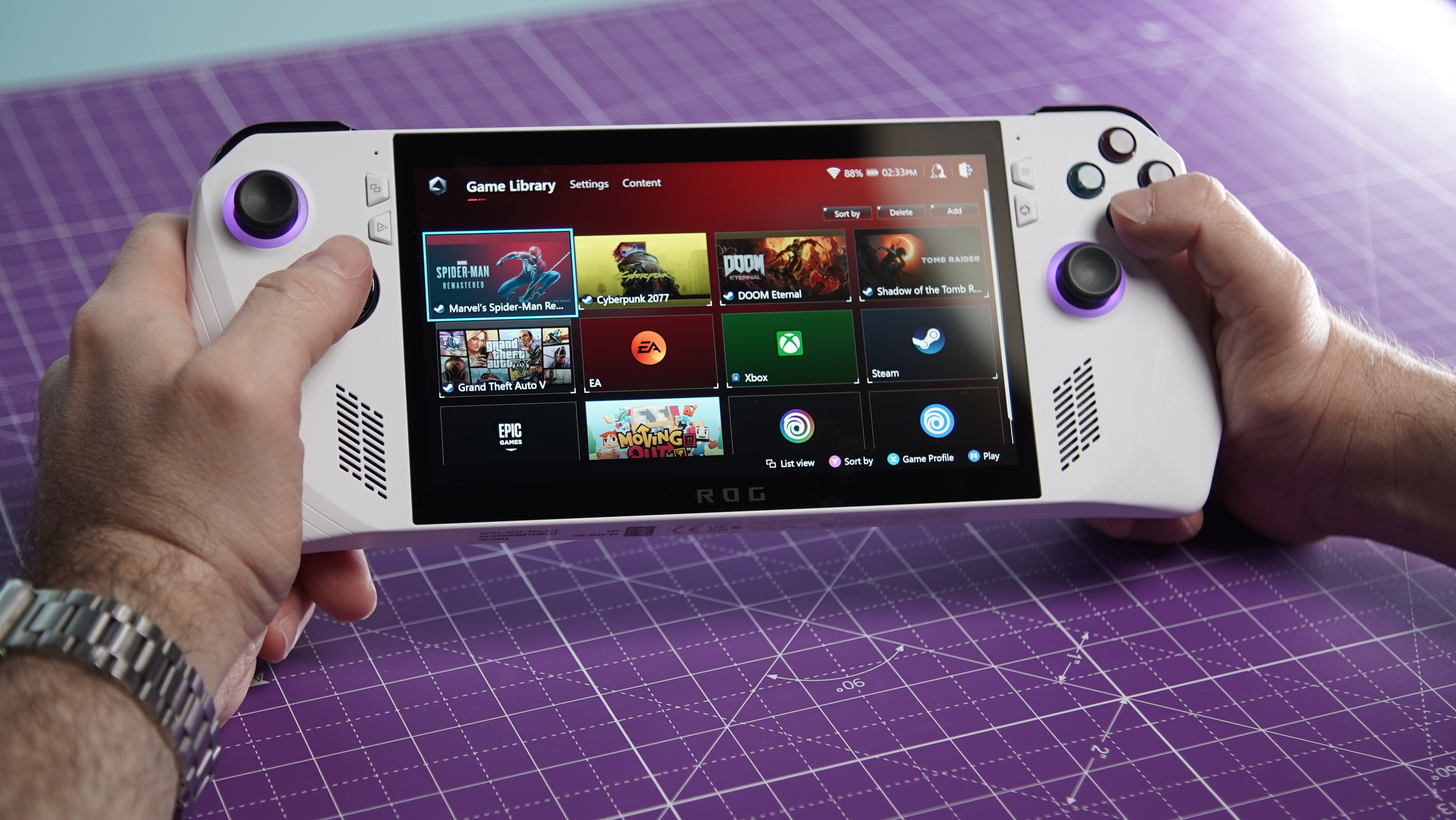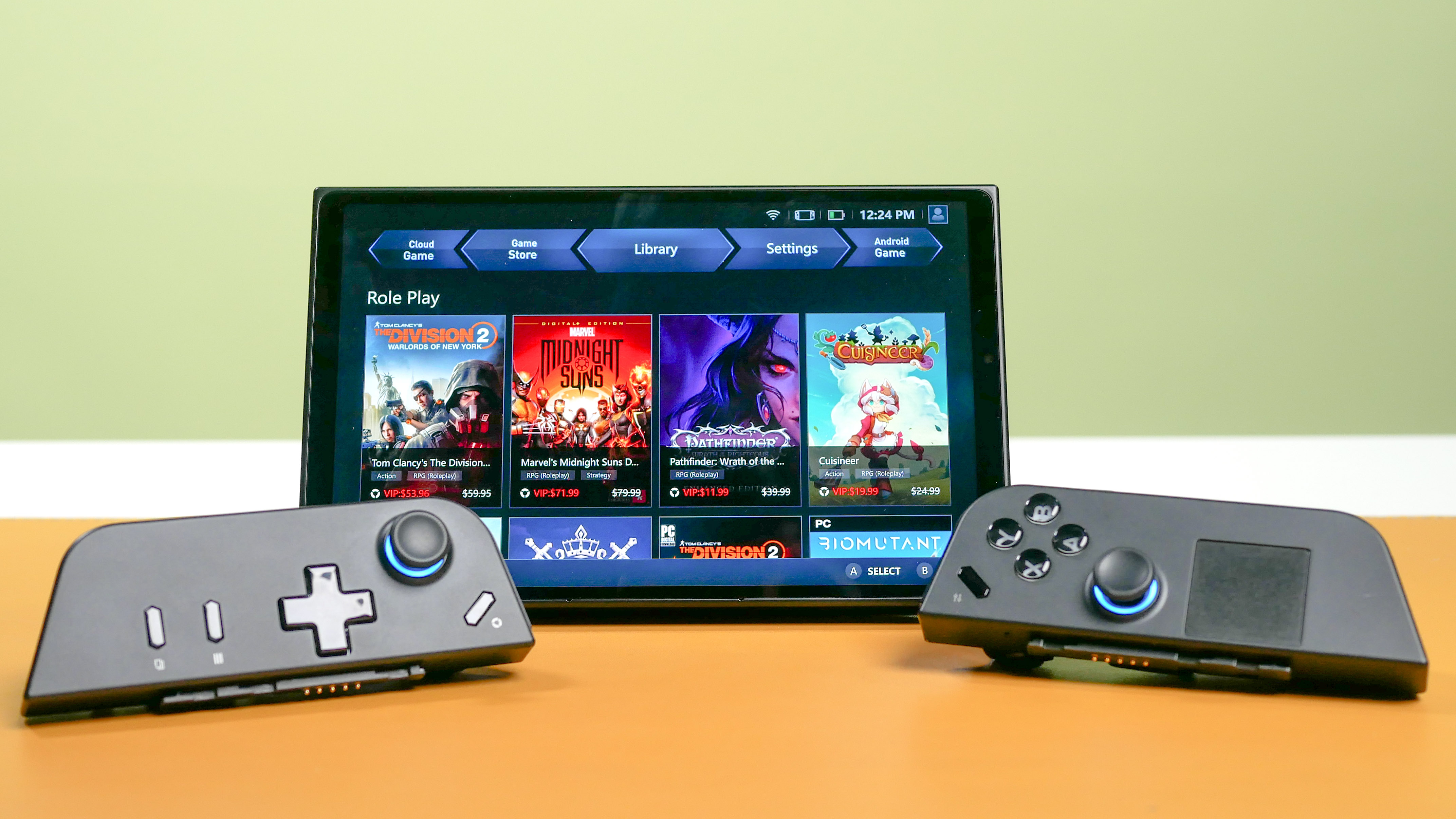
Since the arrival of the Steam Deck, the PC gaming handheld industry has exploded. Following Valve’s effort, the Asus ROG Ally debuted, followed closely by the Lenovo Legion Go and MSI announced the Claw at CES 2024.
While there are some kinks to workaround (namely, getting Windows 11 to play nice on a smaller display like this), I’ve had one question on my mind for a while: what about Acer? Jason Chen, the company CEO, has said the company will be “the last man standing in the PC industry,” so surely this new wave of devices have not gone unnoticed.
Turns out that is the case. Craig Booth, Acer’s UK Regional Director, told Tom’s Guide that the company is “watching” the PC gaming handheld market “with interest” — touting that the company has “the technology” that would make creating a device like this “relatively straightforward.”
It bears saying that this isn’t straightforward confirmation that an Acer gaming handheld is being created behind the scenes, but if I was to read between the lines, these words show at least some intent.
With that in mind (and if anyone at Acer is reading this), here’s my shopping list of three big things that would make this a must-buy over the competition.
1. Enter the hall (effect)

Joystick drift is real, and it’s a killer when it comes to enjoyment. On a constant basis, my camera moving to the left plagues my Nintendo Switch gameplay. This is because of standard analog joysticks — relying on physical contact between parts for controller input, which wear out over time.
Hall effect joysticks are different, in that they don’t require any physical contact. Instead, these joysticks use a combination of magnets and electrical conductors to figure out their exact position. That means they are going to be much more reliable over time, and this is quickly becoming an essential feature for long-term use. The MSI Claw uses hall effect joysticks, and Acer should look to adopting this technology too.
2. Work around Windows 11

When I look back to the various Windows-based gaming handhelds I’ve tested, the one big obstacle has always been Windows itself. Fundamentally, it’s a desktop OS for bigger screens than the 7-inch panel you typically see on these handhelds. The end result is a bit of an awkward UI for the simple act of opening a game.
Current solutions have been apps that users can open to give themselves a handheld-esque UI, but it’s all still rather clunky. So the fix could be one of two options:
- Figure out some form of Windows 11 overlay that gives you access to all the PC game stores you may use. So far, the furthest OEMs have been able to go is an app that opens on launch, in which it will present the games installed in the correct place in its menu. But something a little more agnostic with access to all the stores in one place would be massive.
- Or you could just use SteamOS instead. It is open source after all, and its handheld credentials have been proven by the Steam Deck. PC gamers will already have a dense Steam library, and people have already figured out workarounds to getting Game Pass working on this Linux-based OS.
3. Intel inside? Maybe stick to AMD

Sure, the MSI Claw uses the Intel Core Ultra 5 (or 7) chipset, and I’m sure it brings some benefits in terms of power efficiency. But here’s the thing. While the graphics performance has certainly improved in Meteor Lake, there is one crucial obstacle here. Simply put, AMD has been in the game (pardon the pun) for longer, and developers have adapted to its FidelityFX Super Resolution tech.
At some point, maybe Intel overtakes AMD in this field, but right now, that’s not happened, and Acer should look towards the Ryzen Z2 Extreme (if we’re looking at an annual upgrade cycle, you should expect this in May). Intel has a lot of catching up to do when it comes to frame generation tech, and a lot of developers to woo over to adapting to its chipset’s requirements to make the most of its Arc-based integrated graphics.







